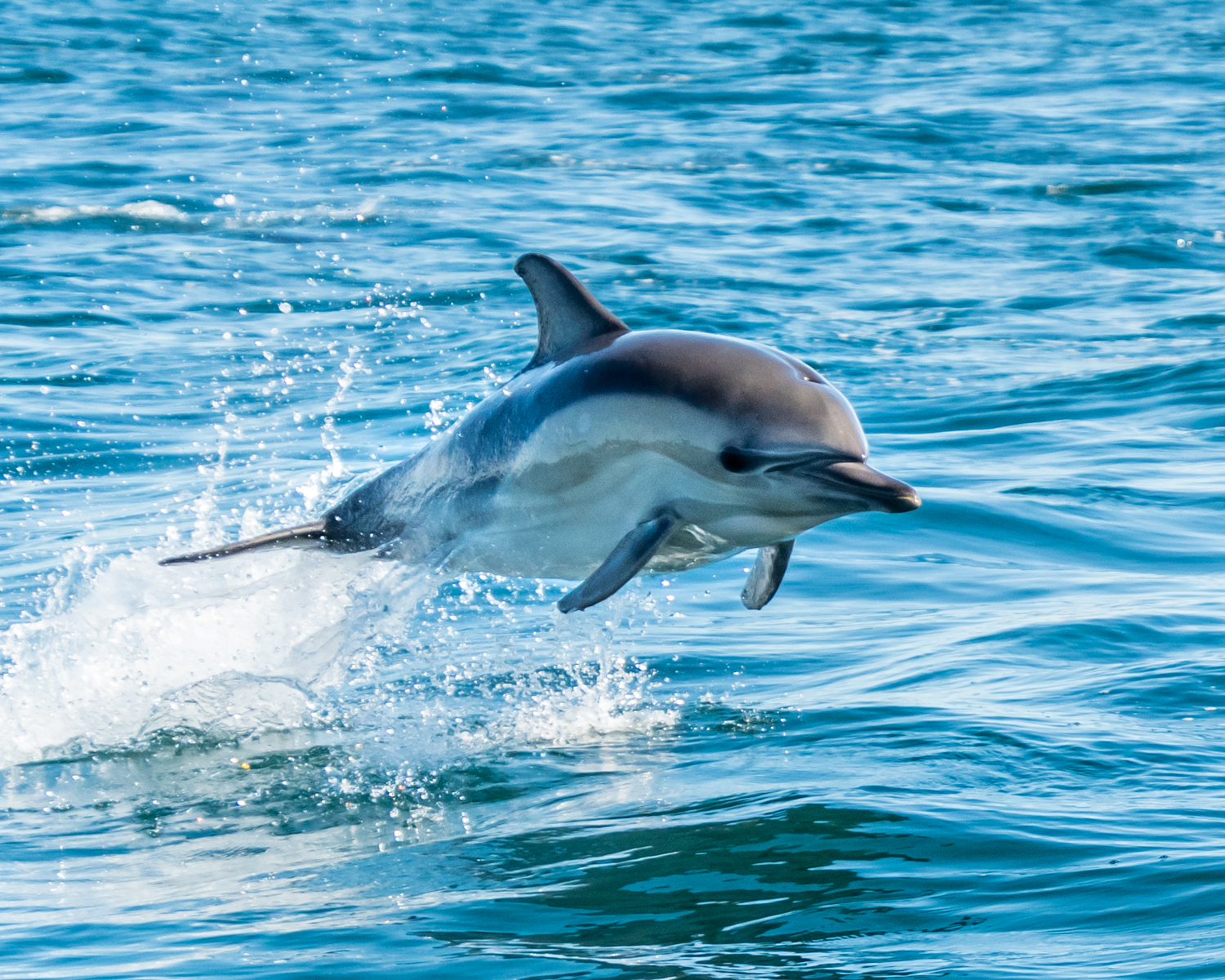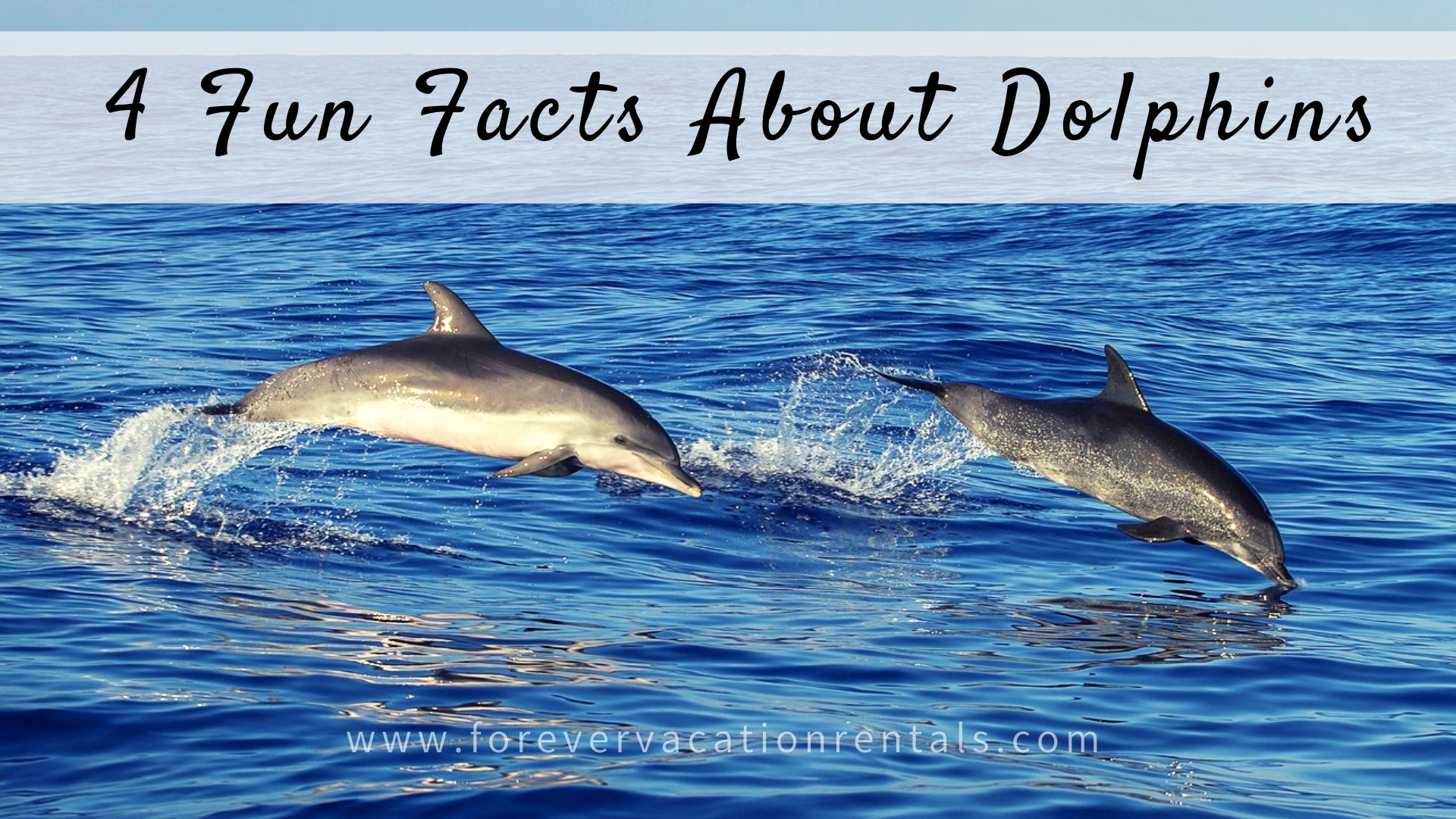Introduction Dolphin Facts: Nature's Intelligent Marine Mammals
Dolphins, typically regarded as one of the ocean's most smart citizens, exhibit an interesting variety of behaviors and social frameworks that necessitate closer evaluation. With over 40 unique species, these aquatic animals not just show remarkable communication skills and complicated social communications yet additionally have advanced cognitive capabilities that test our understanding of non-human knowledge.
Dolphin Variety Variety
Dolphins are a diverse group of marine animals coming from the family members Delphinidae, which includes over 40 unique varieties. This family members includes popular types such as the typical bottlenose dolphin (Tursiops truncatus), the whale or awesome whale (Orcinus whale), and the risso's dolphin (Grampus griseus) Each types displays special physical features, actions, and adjustments that allow them to prosper in numerous aquatic atmospheres.
Dolphin types vary substantially in dimension, varying from the little Maui's dolphin (Cephalorhynchus hectori) at roughly 1.2 meters to the whale, which can reach lengths of up to 9 meters. Their coloration likewise varies, with some types displaying striking patterns that aid with camouflage or social signaling. Additionally, dolphins occupy varied environments, from seaside areas and estuaries to the open ocean, showcasing their versatility.
Research study into dolphin species variety highlights the eco-friendly relevance of these creatures, as they play vital functions in marine ecosystems. Understanding the various species is essential for preservation efforts, as lots of deal with threats from environment climate, loss, and pollution modification, necessitating targeted protection measures to guarantee their survival.
Social Frameworks and Behavior
The intricacy of dolphin species is mirrored in their detailed social frameworks and behaviors. Dolphins are recognized for their very social nature, usually creating groups called pods, which can vary from a few people to over a hundred. These cases are usually made up of member of the family, showcasing a matrilineal framework where females play a central function in keeping social bonds and nurturing children.

Furthermore, some types of dolphins, such as orcas, show complicated social habits that can include sub-pods or clans with distinct cultural practices. These social frameworks are crucial for the survival and wellness of dolphin populations, as they promote interaction, teamwork, and the transmission of expertise throughout generations. Comprehending these social characteristics is important for preservation initiatives and the protection of their all-natural habitats.
Interaction Techniques
Amongst the various approaches of interaction, dolphins utilize an advanced array of interaction strategies that help with social communication and control within their pods. These strategies encompass vocalizations, body movement, and echolocation, each serving distinct features in their social communications.
Dolphins generate a wide variety of clicks, whistles, and pulsed noises, which function as their key vocal interaction. Each dolphin has an unique trademark whistle, comparable to a name, that allows people to determine each other even in large teams. These articulations can communicate numerous messages, such as signaling others to risk or working with group motions throughout hunting.
In enhancement to vocalizations, body language plays a critical role in dolphin communication. Dolphin stances, such as jumping, spinning, or perhaps refined changes in positioning, communicate psychological states and purposes. Hostile display screens might discourage competitors, while lively habits can improve social bonds - Dolphin Facts.
Echolocation, an organic sonar system, more help in navigating and searching. By producing sound waves and interpreting the returning echoes, dolphins can locate prey and obstacles successfully, showing their impressive flexibility in intricate aquatic atmospheres. Jointly, these interaction strategies emphasize the detailed social lives of dolphins, highlighting their intelligence in navigating their undersea world.

Intelligence and Trouble Fixing
Recognized for their innovative communication abilities, dolphins also show amazing knowledge and problem-solving capabilities that additionally enhance their social interactions. Their cognitive capacities are evidenced by their capability to learn complicated jobs, comprehend abstract principles, and adapt to different ecological difficulties. Study has shown that dolphins can check my reference resolve complex puzzles, demonstrating not just their cognitive flexibility however additionally their capacity for planning and foresight.
Dolphins usually take part in participating searching methods, showcasing their ability to work as a cohesive unit. This team effort needs innovative problem-solving skills, you could try here as they need to analyze their atmosphere, identify possible prey, and coordinate their actions to accomplish a common objective. In addition, dolphins have been observed using devices, such as marine sponges, to secure their noes while foraging on the ocean floor, additional exemplifying their ingenious analytical capabilities.

Human-Dolphin Communications
Human-dolphin communications have actually captivated enthusiasts and scientists alike, highlighting the facility relationship between these smart marine mammals and human beings. From old times, dolphins have been portrayed in art and folklore, symbolizing harmony and intelligence (Dolphin Facts). Modern interactions range from clinical study and preservation efforts to leisure tasks like dolphin swimming and watching with dolphins
Research study has demonstrated that dolphins possess progressed social structures and communication look at this website abilities, which promote their communications with humans. These experiences frequently foster emotional connections, with numerous individuals reporting sensations of happiness and compassion throughout such experiences. It is vital to come close to these interactions with care, as human tasks can disrupt dolphin actions and habitats.
Conservation campaigns significantly concentrate on advertising liable communications, guaranteeing that human enthusiasm does not jeopardize dolphin welfare. Education programs aim to increase understanding regarding the environmental importance of dolphins, highlighting the need for lasting practices. By understanding the detailed characteristics of human-dolphin communications, we can promote a considerate conjunction that profits both types and preserves marine ecosystems for future generations. Inevitably, these communications serve as a pointer of the extensive links that can exist between humans and the all-natural world.
Final Thought
In recap, dolphins exemplify exceptional knowledge and adaptability within diverse aquatic settings. Proceeded research study and recognition are important for promoting a much deeper understanding of dolphins and promoting their welfare in a progressively threatened environment.
Dolphin varieties vary considerably in size, varying from the tiny Maui's dolphin (Cephalorhynchus hectori) at approximately 1.2 meters to the orca, which can reach lengths of up to 9 meters. Dolphins show a selection of social communications, including grooming and physical contact, which serve to reinforce connections and establish pecking orders.
Identified for their advanced communication skills, dolphins likewise display exceptional knowledge and problem-solving capabilities that additionally improve their social communications. Modern communications vary from clinical study and conservation initiatives to recreational tasks like dolphin viewing and swimming with dolphins.
Study has demonstrated that dolphins have progressed social frameworks and interaction skills, which facilitate their interactions with humans.
 Rick Moranis Then & Now!
Rick Moranis Then & Now! Alana "Honey Boo Boo" Thompson Then & Now!
Alana "Honey Boo Boo" Thompson Then & Now! Bradley Pierce Then & Now!
Bradley Pierce Then & Now! Daniel Stern Then & Now!
Daniel Stern Then & Now! Marques Houston Then & Now!
Marques Houston Then & Now!